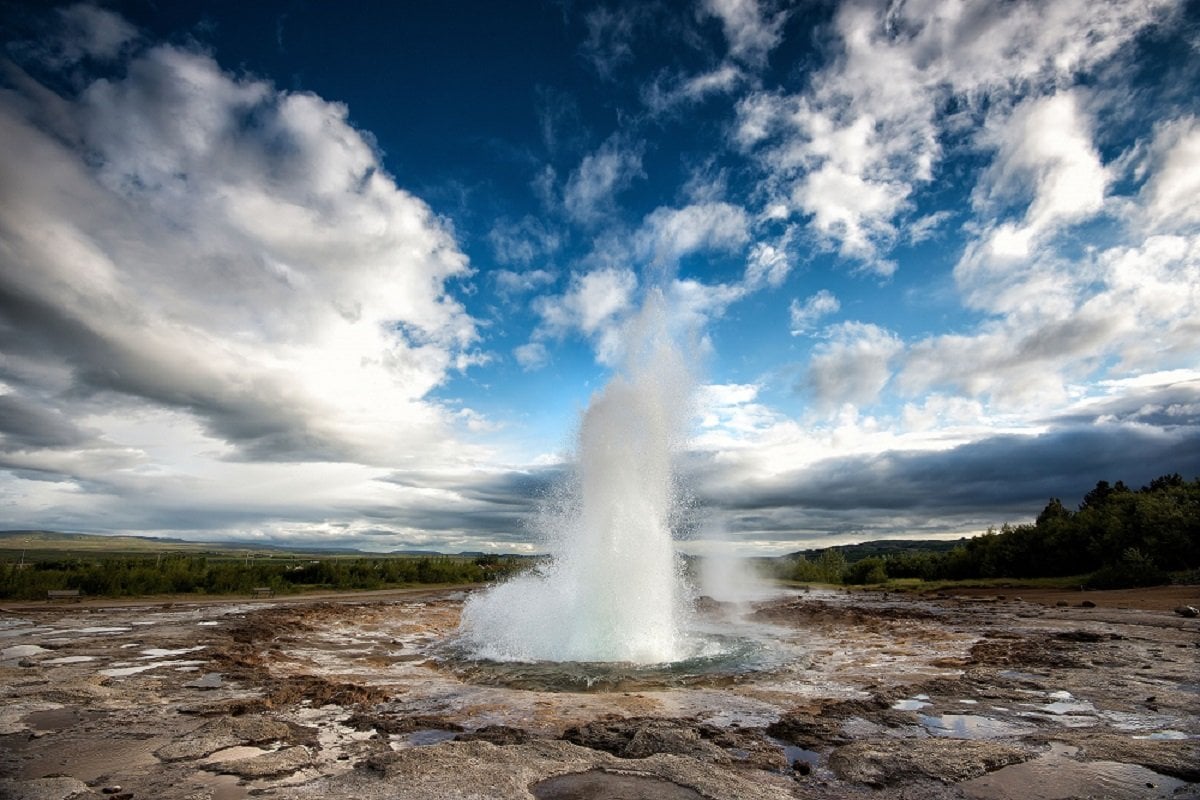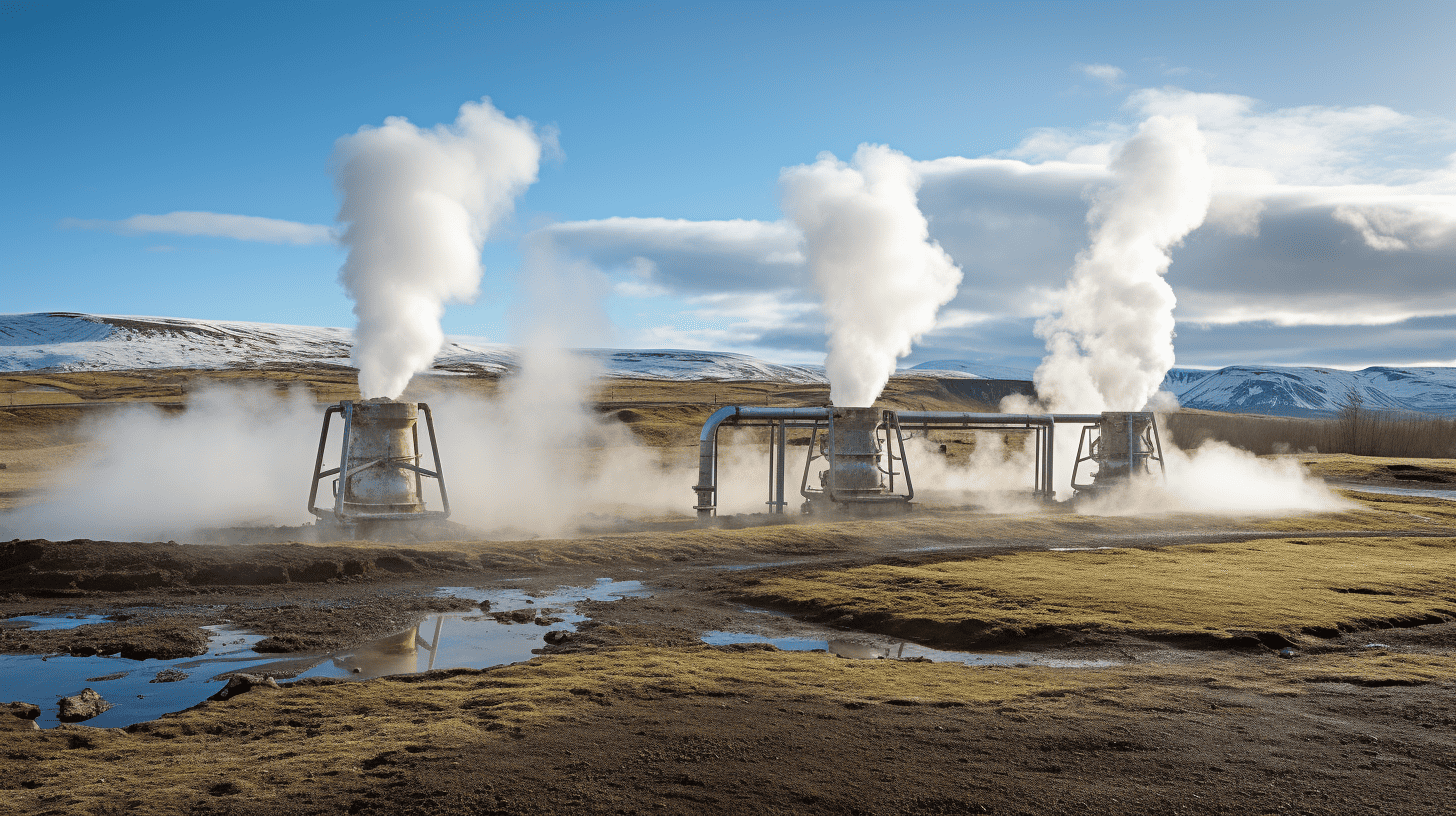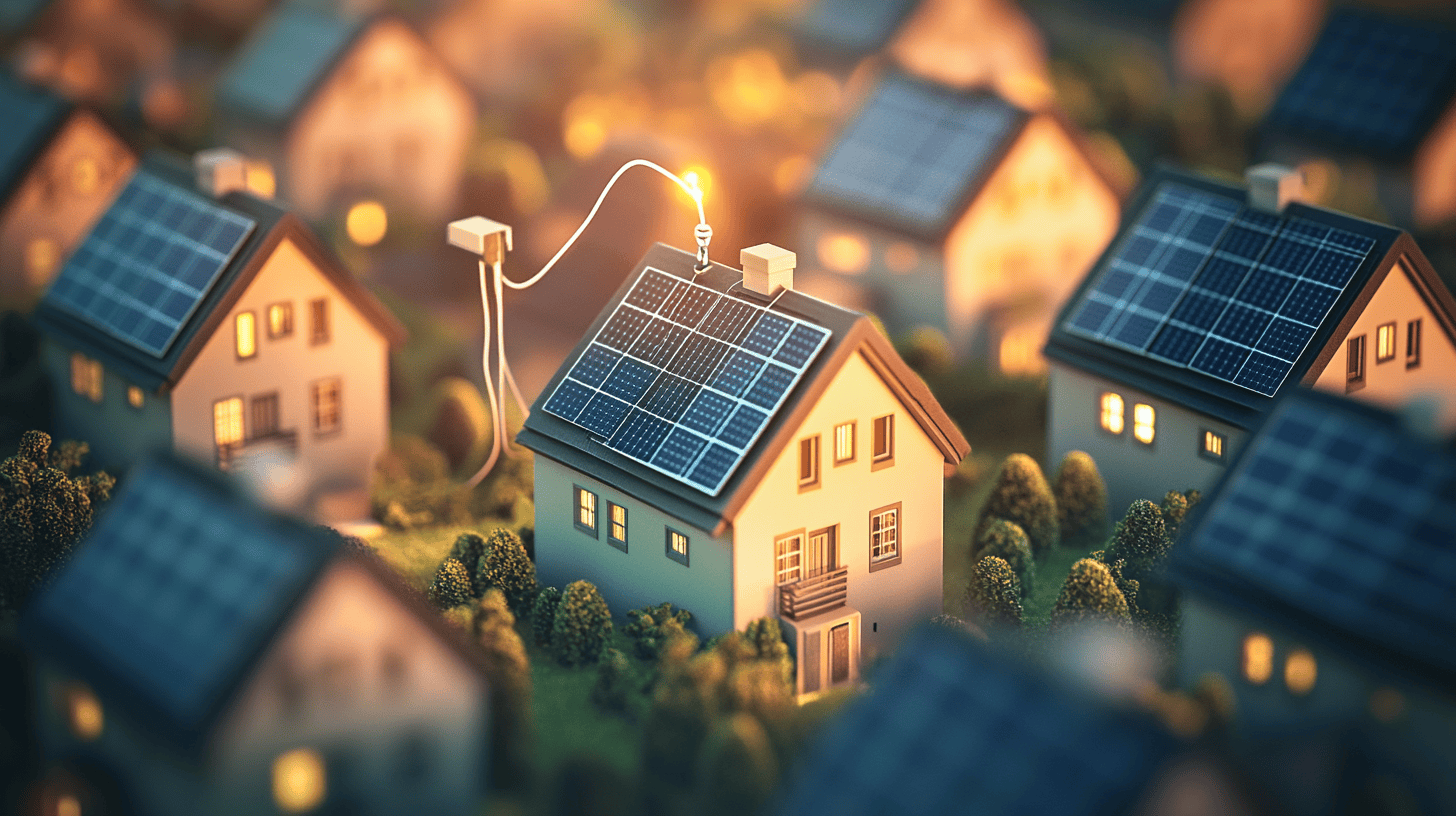
Geothermal energy is considered to be regenerative energy. Its advantages: The heat stored in the earth can be used for heating and cooling and also to generate electricity. Scientists at the TU Bergakademie Freiberg, the Helmholtz Centre for Environmental Research (UFZ) and the Consejo Superior de Investigaciones Científicas (CSIC) in Spain now want to find out to what extent low-lying volcanic regions can also serve as a clean and sustainable source of energy. They are doing this by actively pumping water into these ultra-hot geothermal systems in order to generate renewable heat and electricity.
The research project, named HIGHER, is about a new form of deep geothermy that concentrates primarily on volcanic regions. What is particularly interesting about this technology is its potentially high energy production. As a matter of fact, it exceeds conventional systems by a factor of ten.
First step has been taken
Nevertheless, the research is still in its infancy. This means that it also has to face some major scientific and technological challenges. It is still unclear whether or not these systems can be operated safely. And as yet we don’t know how they will behave over much longer periods.
The team has now taken an initial step towards researching these systems. For the first time, they have analyzed in various experiments how long it takes cold water to reach the depths. As well as how the rise in pressure and the cooling of the bedrock and thereby seismic activity are all affected. This is of crucial importance: a fundamental understanding of seismic activity in deep geothermal operations is an important factor when it comes to the safe and sustainable use of geothermal technology.
The researchers initially developed their own software called OpenGeoSys for their work. Which is an open source research platform that is managed by the UFZ in cooperation with various universities and research institutions. With the help of this platform, the scientists were able to simulate and describe the complex physical processes in the earth’s crust on a computer for the first time ever. As a result, they gained important insights into how supercritical geothermal systems might be safely operated in the future.
Results have been published
The scientists recently published their results in the renowned scientific journal Nature Communications. The HIGHER project is funded by the German Research Foundation (DFG) and the Japan Society for the Promotion of Science. With a positive outcome – as the TU Freiberg and the UFZ are planning to further expand their collaboration in the field of environmental geosciences.








